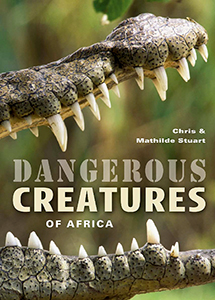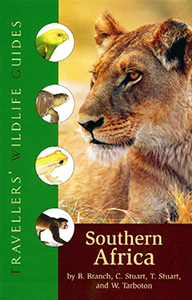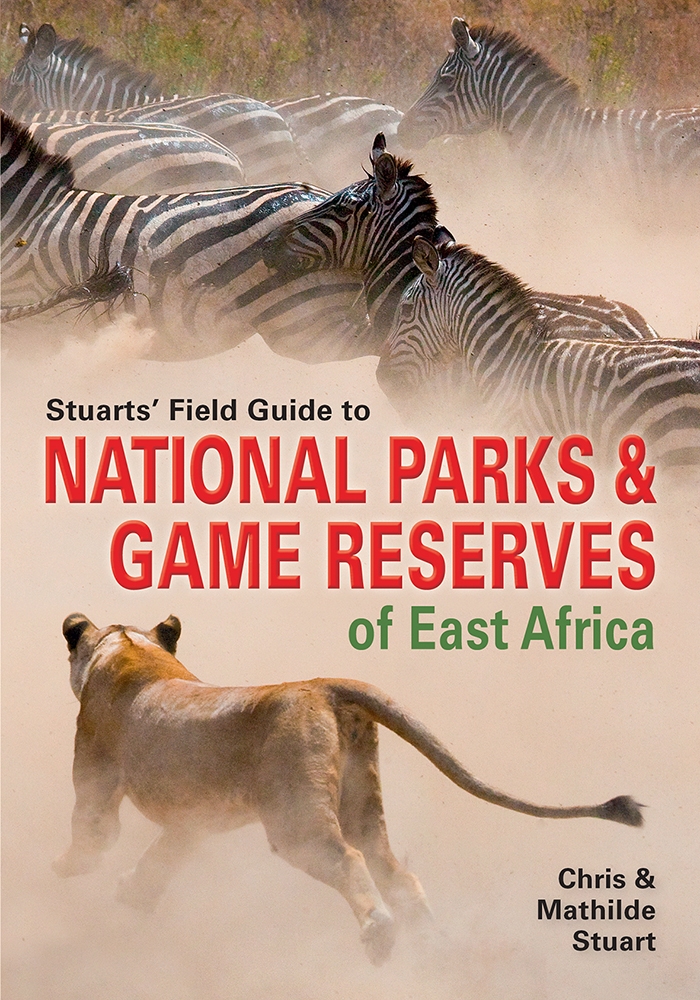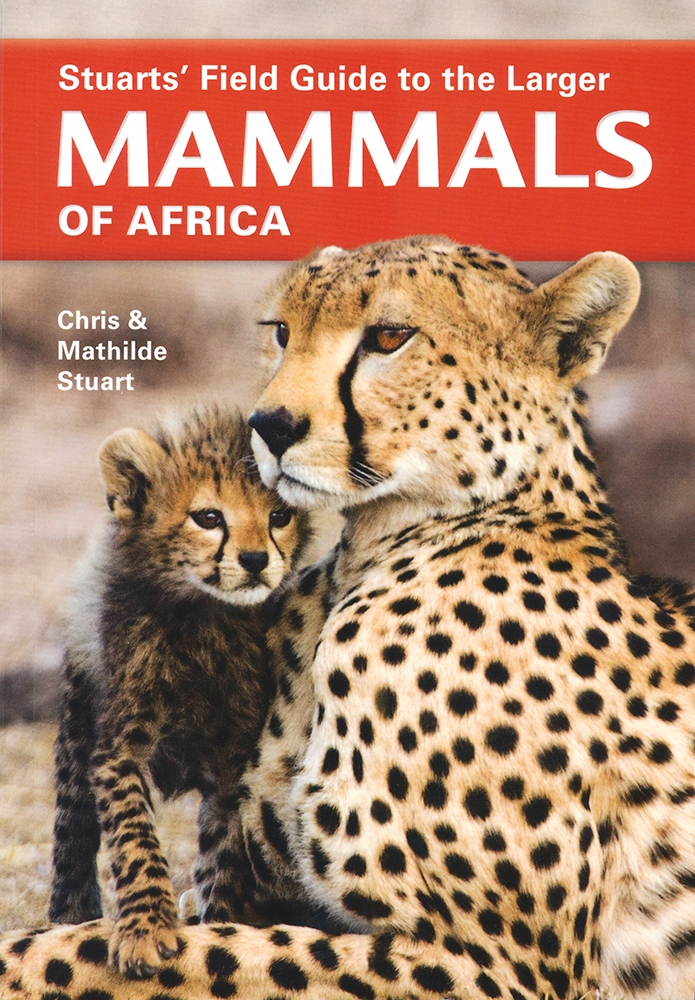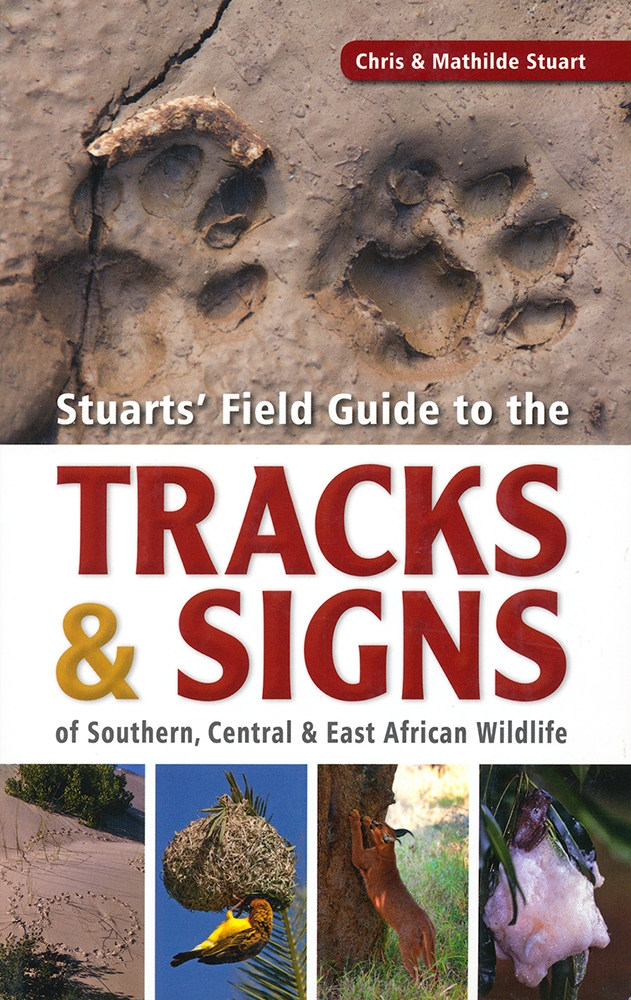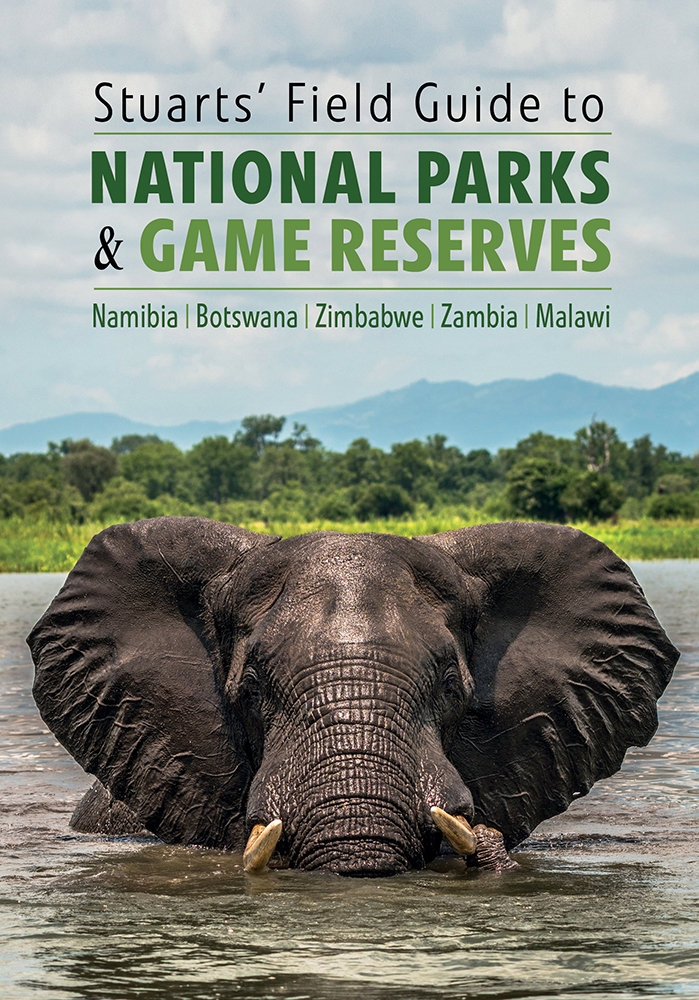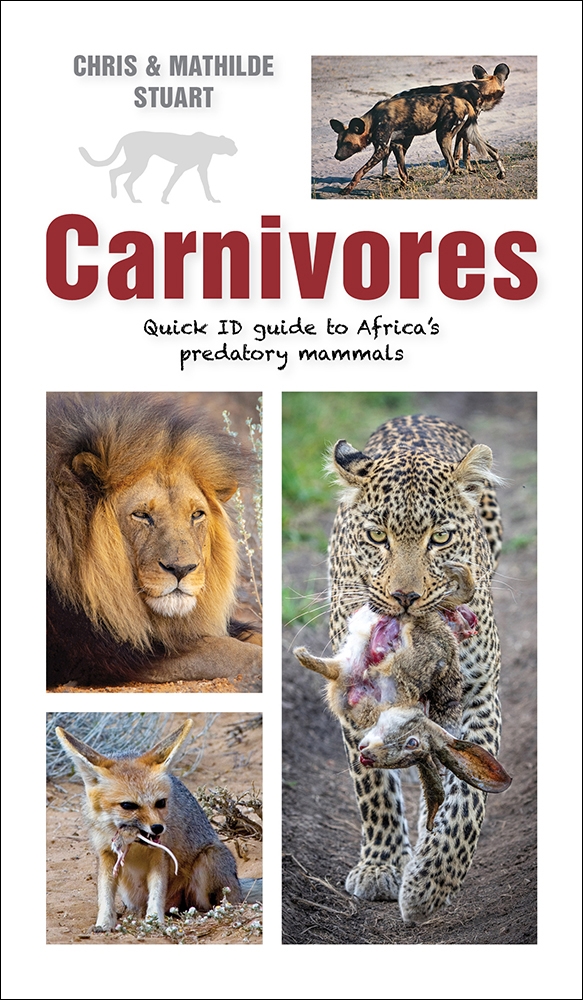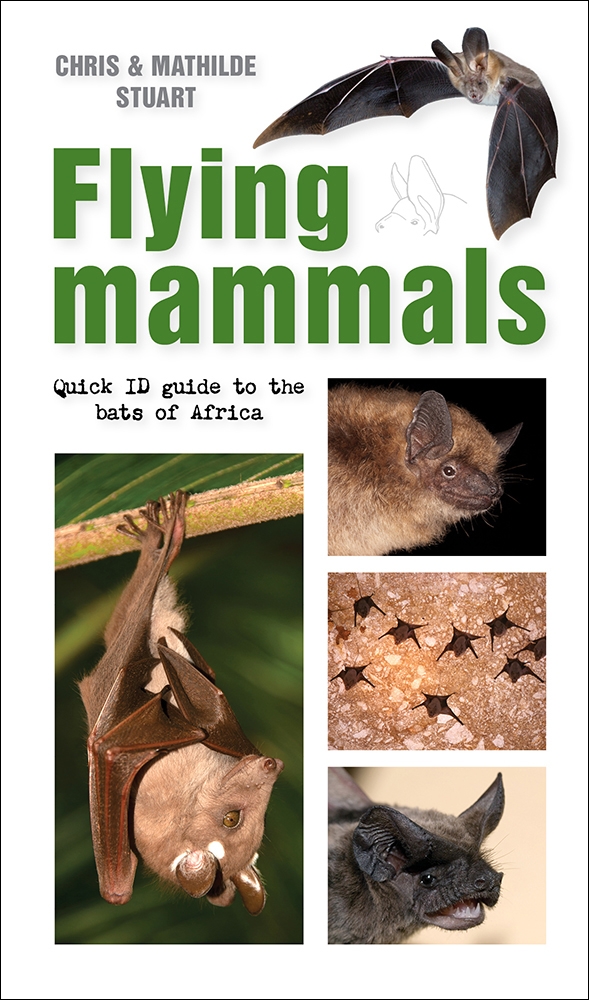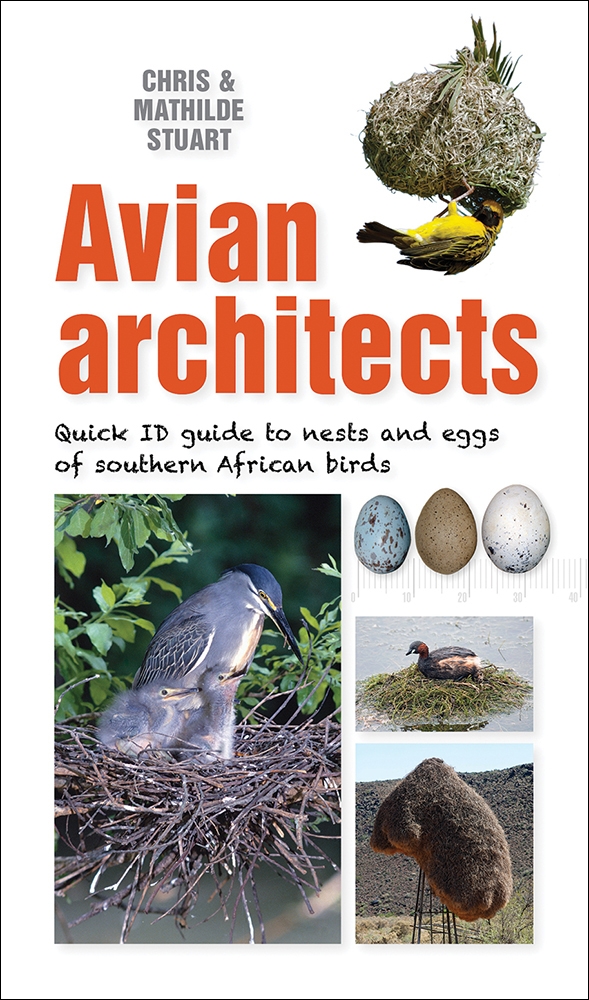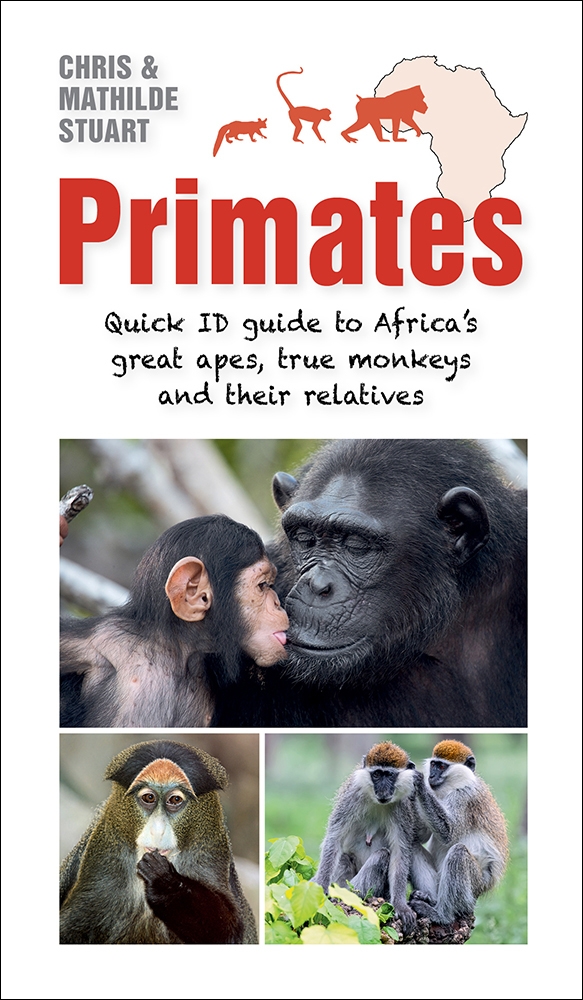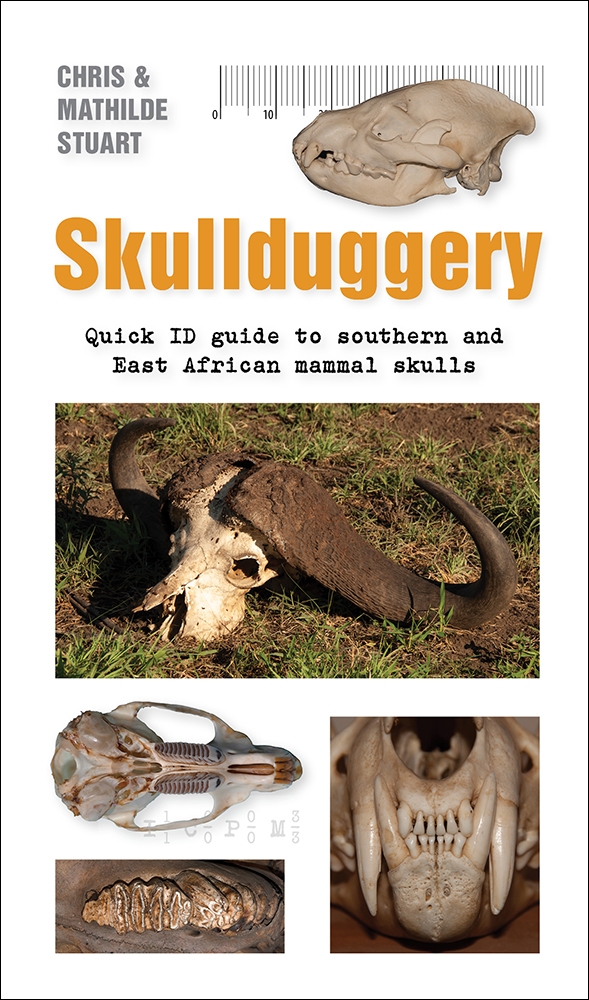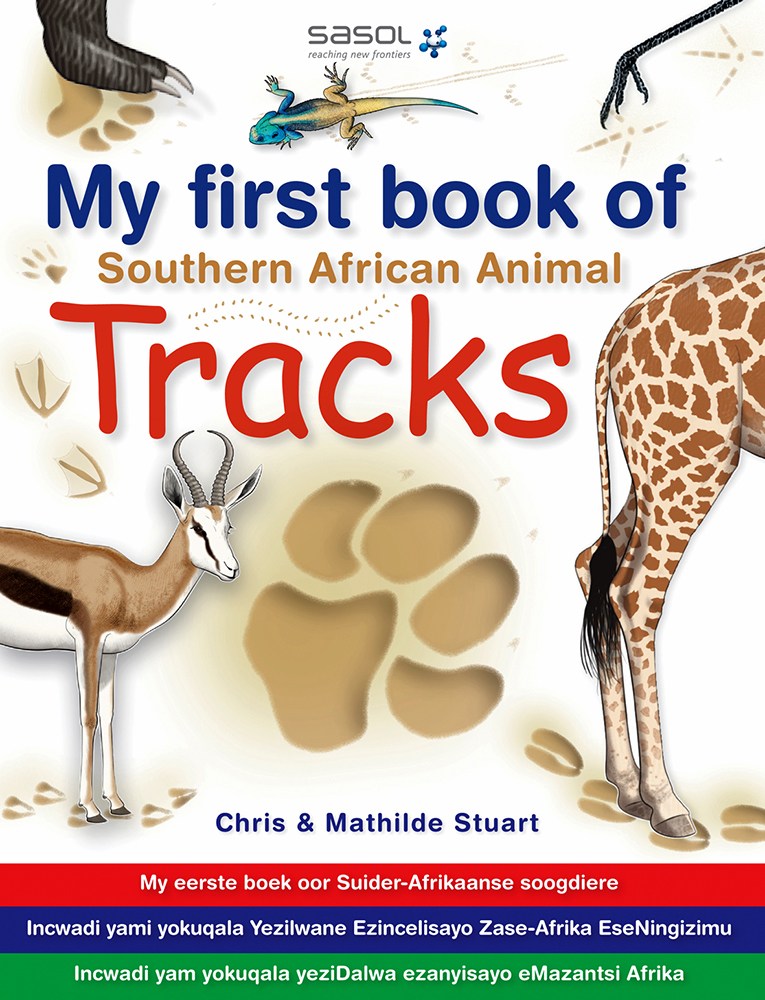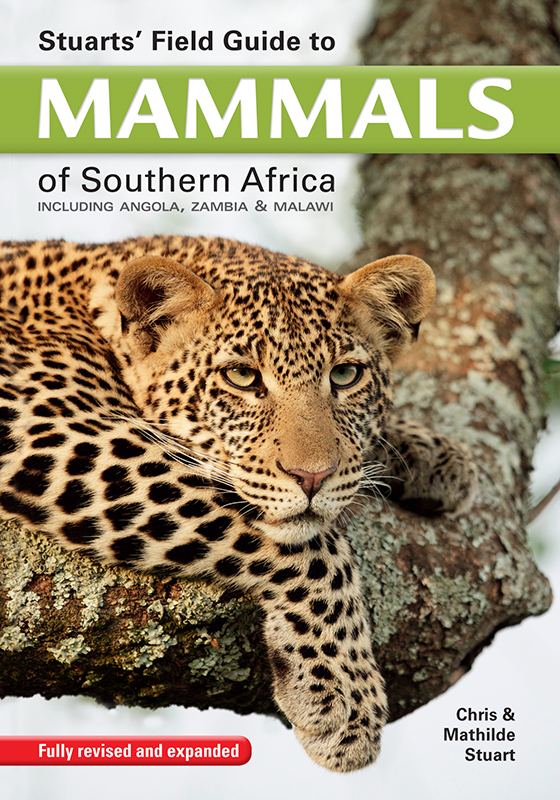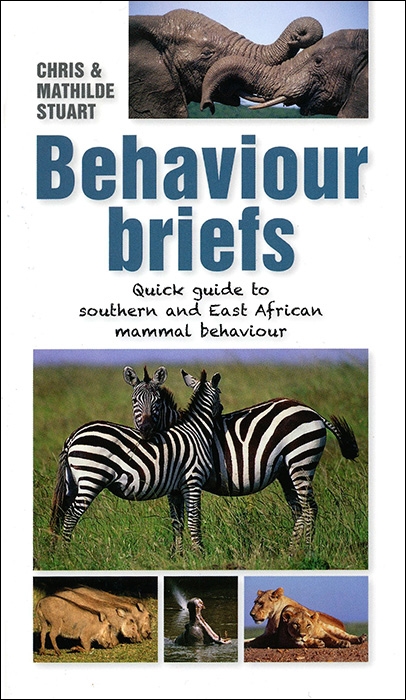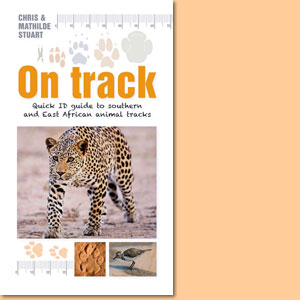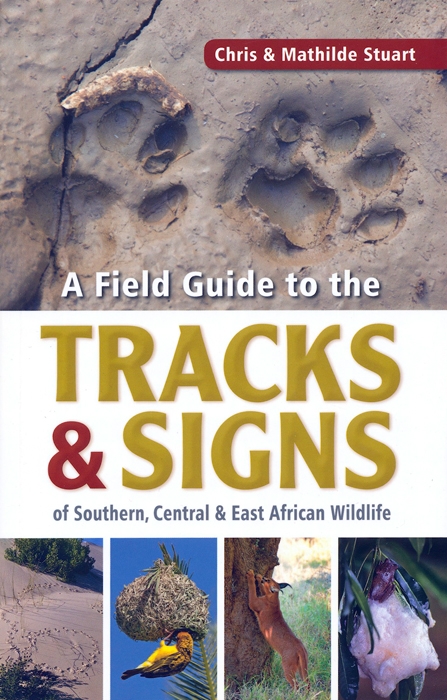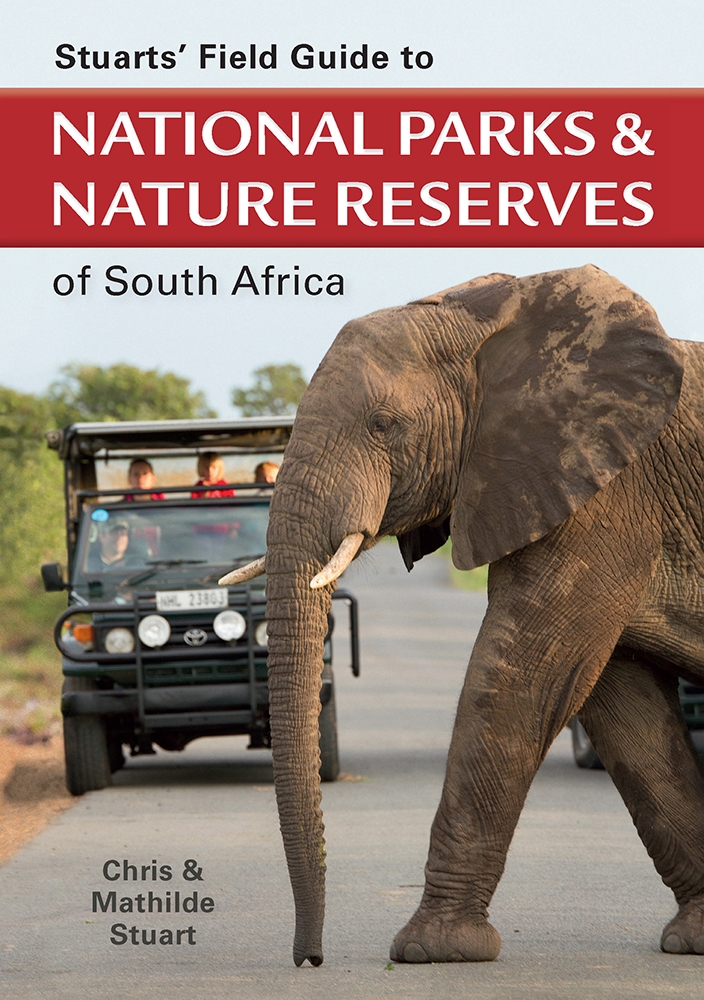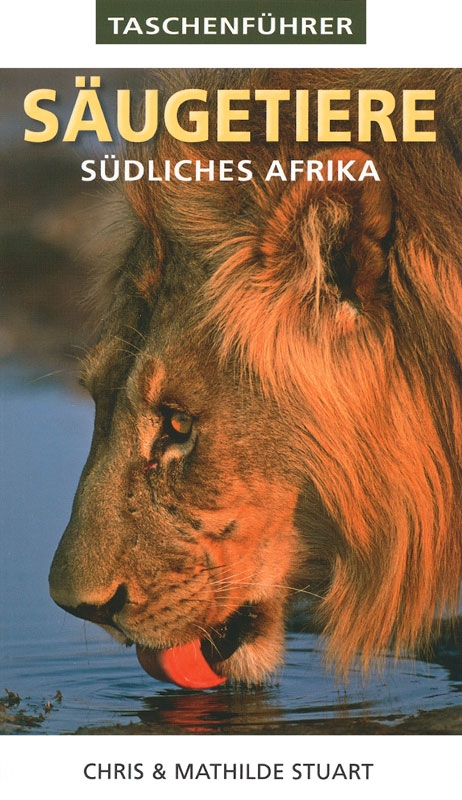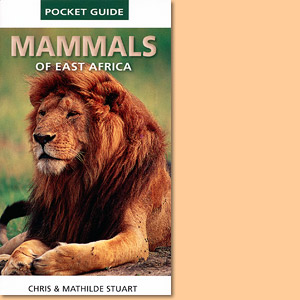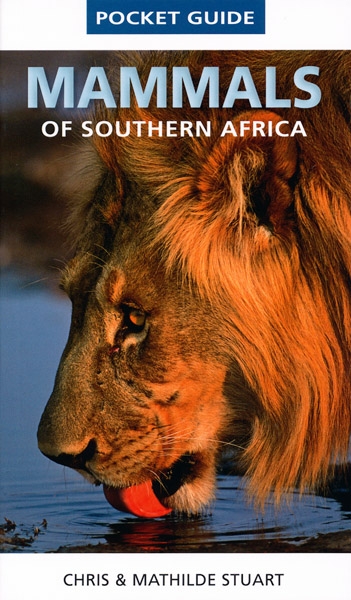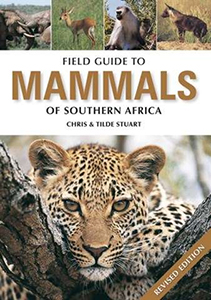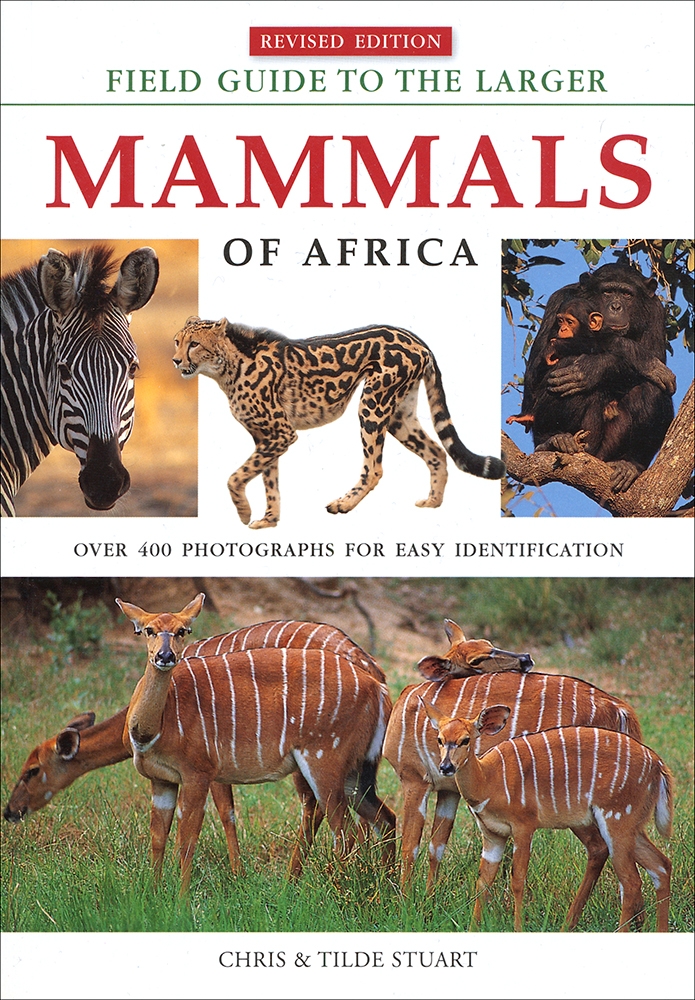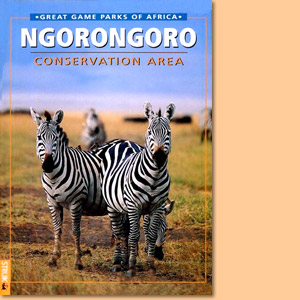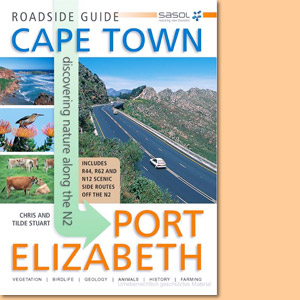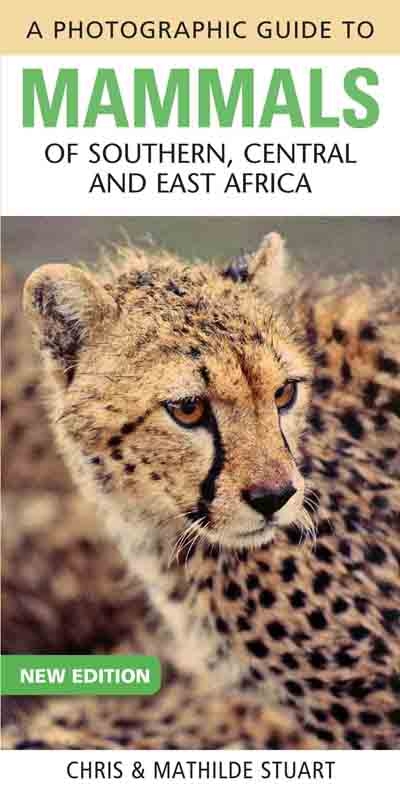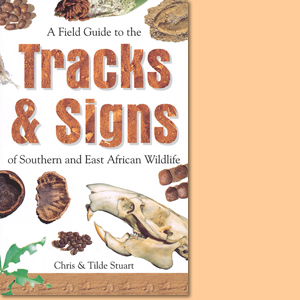Dangerous creatures of Africa, by Chris Stuart and Tilde Stuart
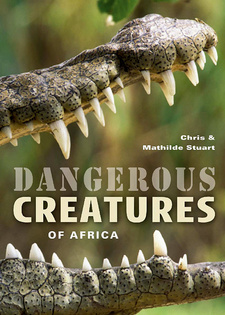
Dangerous creatures of Africa, by Chris Stuart and Tilde Stuart. Random House Struik Nature. Cape Town, South Africa 2009. ISBN 9781770073555 / ISBN 978-1-77007-355-5
From the rampant and powerful to the harmless looking and almost invisible, Dangerous Creatures of Africa presents the continent's most feared and potentially lethal creatures.
Africa is riven by civil wars, cross-border conflicts, starvation and death by disease. The southern region of Sudan was in a state of civil war for 21 years, when some 1.5 million people died, while at least 200 000 have been killed in the region of Darfur in the past four years. In the Democratic Republic of Congo possibly as many as three million humans have died from violence, hunger and disease since 1997. It is believed that despite the 'peace' in that country, 1000 people continue to die every day. A tenth of the population of Somalia has died since 1991. Diseases and parasites thrive and prosper in situations of chaos, climatic extremes and warfare, situations all too well known in Africa. In South Africa alone about 15000 people die on the roads every year, and more than 10000 are killed by bullet, knife or other assault. By contrast, dangerous creatures kill fewer than 50 with their venoms and poisons; and stompers, homers, tuskers and biters perhaps account for 100 human fatalities each year in southern Africa. The number of humans killed or debilitated in Africa by the insect-borne diseases, such as malaria, still tops the list. The death toll and misery resulting from disease could be greatly reduced with the application of simple and often basic measures. Sadly, due to poverty and the lack of political will, death tolls remain high in many countries and regions. In most cases, whether wittingly or not, we humans create the scenario for injury and death as a result of an encounter with one or other of our dangerous creatures. This book is not intended to frighten but to enlighten, to show how to avoid conflict situations and prevent discomfort. Most situations can be avoided and knowing how to do this allows us to enjoy our environment and the many creatures with whom we share it. Whatever our conceptions about our fellow creatures, most prefer to avoid conflict with us. It is possible to avoid contact with disease-carrying parasites, but they remain the most dangerous creatures of all. Avoidance is possible in some cases but the risk of infection, or having parasites sharing your body, is still quite high. Together we share an increasingly threatened planet, but the most dangerous creatures of all, the ones damaging the planet directly or indirectly, are human beings - well over six billion of us.
Mammals
Africa is blessed with a great diversity of mammals. They range from the largest land mammal, the African elephant weighing from 2.8 to 6.3 tons (bulls are larger than cows), to one of its smallest, the dwarf shrew at just 3.5 grams. Virtually all, given the circumstances, can injure or, on rare occasions, cause death. Throughout prehistory and recorded historical times man has come into conflict with wildlife, whether it be for space, food or sport hunting. In as many as 85 % of cases where an animal has attacked a human it has been found to have been wounded, trapped, pursued or otherwise pushed to defend itself. Some attacks are unprovoked and cannot be adequately explained - such as the time an elephant cow initiated a full charge over an open floodplain when she was more than a kilometre from our vehicle. At first we believed she would break off the charge, but she kept after us for at least two kilometres. This was uncharacteristic given the distance involved, but poaching was rampant in the area at that time and she might have had a bad experience with a vehicle, or been wounded. There are cases where a person encounters an animal that has been wounded or injured, follows the Yules of the bush', but is still attacked. It is possible to enter a threatening situation without being aware of the danger - the animal cannot be blamed if it retaliates in what it sees as defence. [...]
This is an excerpt from the book: Dangerous creatures of Africa, Chris Stuart and Tilde Stuart.
Title: Dangerous creatures of Africa
Authors: Chris Stuart; Tilde Stuart
Publisher: Random House Struik
Imprint: Struik Nature
Cape Town, South Africa 2009
ISBN 9781770073555 / ISBN 978-1-77007-355-5
Hardcover, 22 x 28 cm, 240 pages, throughout colour photographs
Stuart, Chris und Stuart, Tilde im Namibiana-Buchangebot
Dangerous creatures of Africa
The focus of Dangerous creatures of Africa is on understanding, identifying, avoiding and surviving these potential hazards of the African wilds.
Traveller's Wildlife Guide Southern Africa
Traveller's Wildlife Guide Southern Africa introduces 500 of Southern Africa’s most common amphibians, reptiles, birds, and mammals.
Stuart's Field Guide to National Parks and Game Reserves of East Africa
Stuart's Field Guide to National Parks and Game Reserves of East Africa provides an overview of some 58 protected areas across East Africa.
Stuarts’ Field Guide to the Larger Mammals of Africa
Stuarts’ Field Guide to the Larger Mammals of Africa concentrates on the more visible and easily distinguished larger species.
Stuarts' Field Guide to the Tracks & Signs of Southern, Central and East African Wildlife
Stuarts' Field Guide to the Tracks & Signs of Southern, Central and East African Wildlife, this is the 5th revised edition.
Stuarts' Field Guide to National Parks and Nature Reserves of Namibia, Botswana, Zimbabwe and Zambia
Stuarts' Field Guide to National Parks and Nature Reserves of Namibia, Botswana, Zimbabwe and Zambia.
Carnivores: Quick ID guide to Africa's predatory mammals
Carnivores: Quick ID guide is a compact and quick ID identification guide to Africa's predatory mammals.
Flying Mammals Quick ID guide to the bats of Africa
Flying Mammals Quick ID is a compact and quick ID identification guide to the bats of Africa.
Avian Architects: Quick ID guide to nests and eggs of southern African birds
Avian Architects: Quick ID is a compact and quick ID identification guide to nests and eggs of southern African birds.
Primates: Quick ID guide to Africa's great apes, true monkeys and their relatives
Primates Quick ID is a compact and quick ID identification guide to Africa's great apes, true monkeys and their relatives.
Skullduggery: Quick ID guide to southern and East African mammal skulls
Skullduggery is a compact and quick ID identification guide to skulls of southern and East African mammals.
My first book of Southern African animal tracks
My first book of Southern African Animal Tracks introduces 55 different types of animals and their footprints.
Stuarts' Field Guide to Mammals of Southern Africa
Stuart's Field Guide to Mammals of Southern Africa covers near to 400 mammal species including Angola, Zambia and Malawi since the 5th edition of 2015.
Behaviour briefs: Quick guide to southern and East African animal behaviour
Why do they do that and what next? Behaviour briefs is a quick guide to southern and East African animal behaviour.
On Track: Quick ID Guide to Southern and East African Animal Tracks
On Track is a quick identification guide to tracks of Southern and East African most commonly found mammals, reptiles, rodents, birds and insects.
A Field Guide to the Tracks & Signs of Southern, Central and East African Wildlife
Latest edition of A Field Guide to the Tracks & Signs of Southern, Central and East African Wildlife.
Stuarts' Field Guide to National Parks and Nature Reserves of South Africa
Stuarts' Field Guide to National Parks and Nature Reserves of South Africa offers a comprehensive overview of 43 parks, reserves and wilderness areas.
Taschenführer: Säugetiere, Südliches Afrika
Der Taschenführer Säugetiere: Südliches Afrika, legt seinen Schwerpunkt auf die größeren, öfter gesehenen Tierarten, schließt allerdings auch einige ungewöhnliche Arten ein.
Mammals Of East Africa Pocket Guide
Mammals Of East Africa Pocket Guide covers all of the common and some of the less common mammal species.
Mammals of Southern Africa Pocket Guide
Authoritative and colourfully illustrated, Mammals of Southern Africa Pocket Guide offers concise information.
Field Guide to Mammals of Southern Africa
A total of 337 species are covered in this fully revised comprehensive field guide to mammals of Southern Africa.
Field Guide to the Larger Mammals of Africa
Field Guide to the Larger Mammals of Africa provides over 400 colour photos, with concise, pertinent information highlighting the diagnostic features of each species.
Ngorongoro Conservation Area
From the series 'Great Game Parks of Africa' this is a portrait of the Ngorongoro Conservation Area.
Sasol Roadside Guide. Cape Town-Port Elizabeth: Discovering Nature Along the N2
The Sasol Roadside Guide Cape Town-Port Elizabeth: Discovering Nature Along the N2 interprets the surrounding countryside - plants, birds, mammals, reptiles, agriculture, geology.
A Photographic Guide to Mammals of Southern, Central and East Africa
A Photographic Guide to Mammals of Southern, Central and East Africa introduces 152 mammal species of each family group.
Field Guide to Tracks and Signs of Southern and East African Wildlife
Related to Southern African and East African Wildlife, this great field guide is about their tracks and signs, like droppings, feeding signs, scent marks and others.

